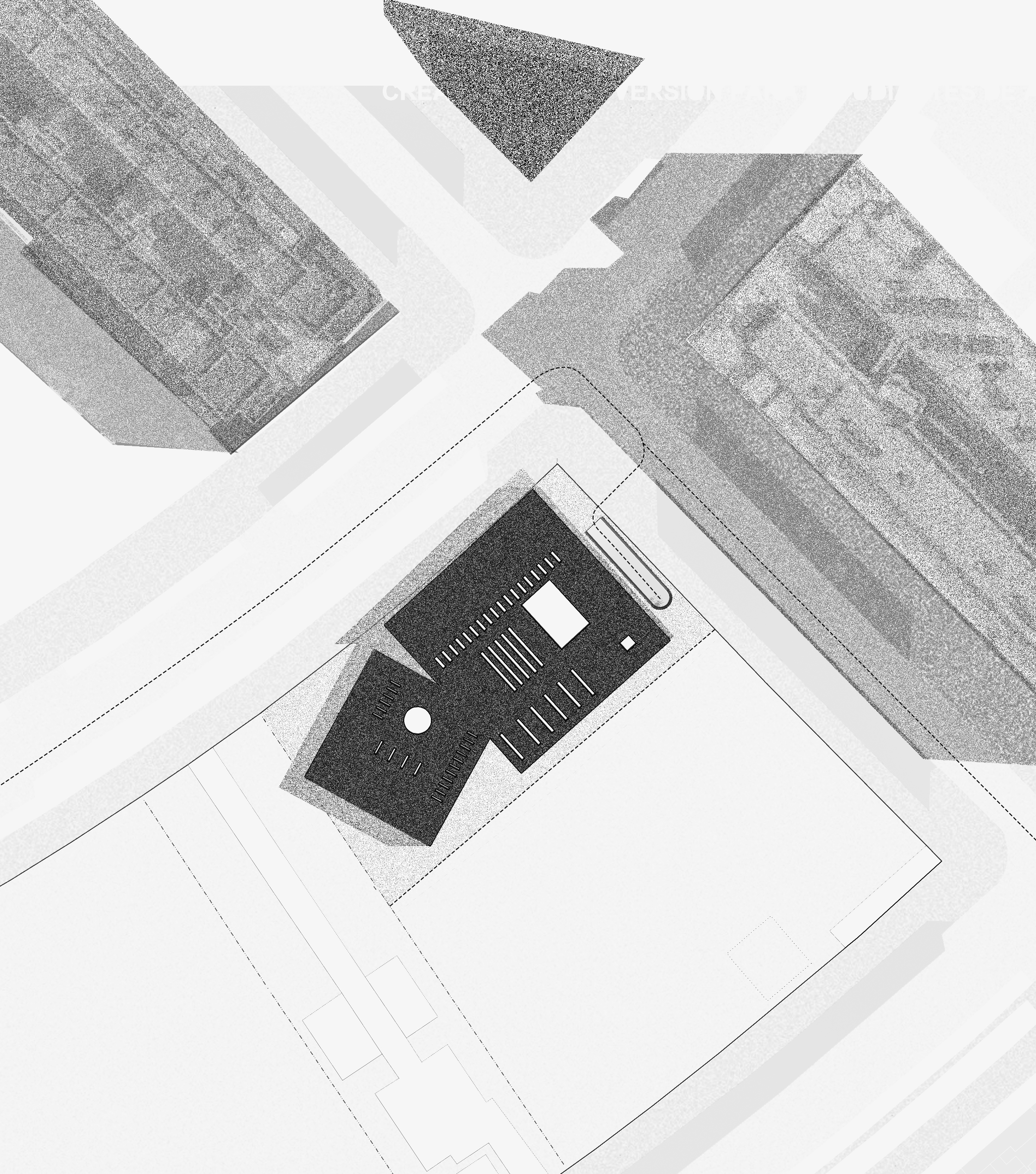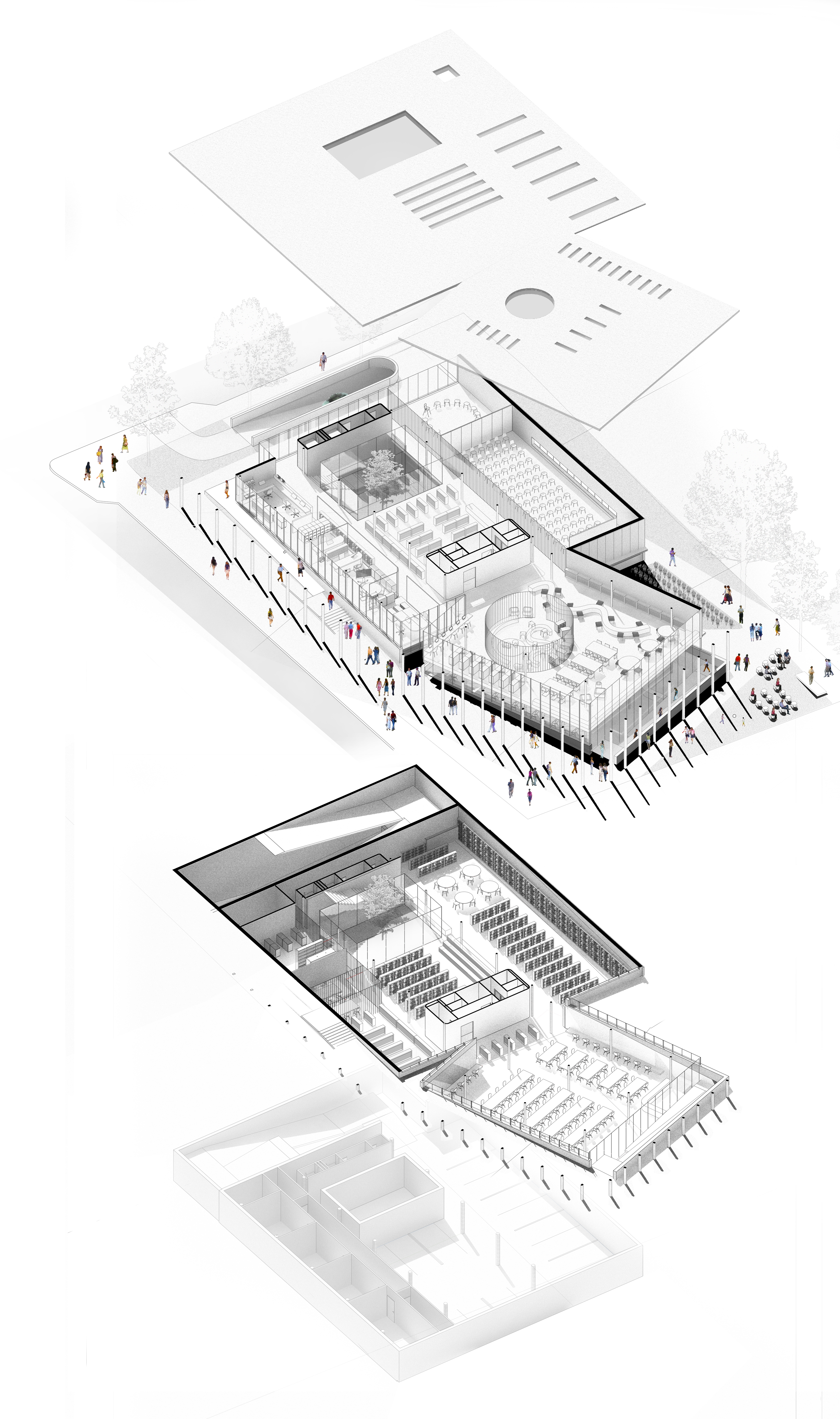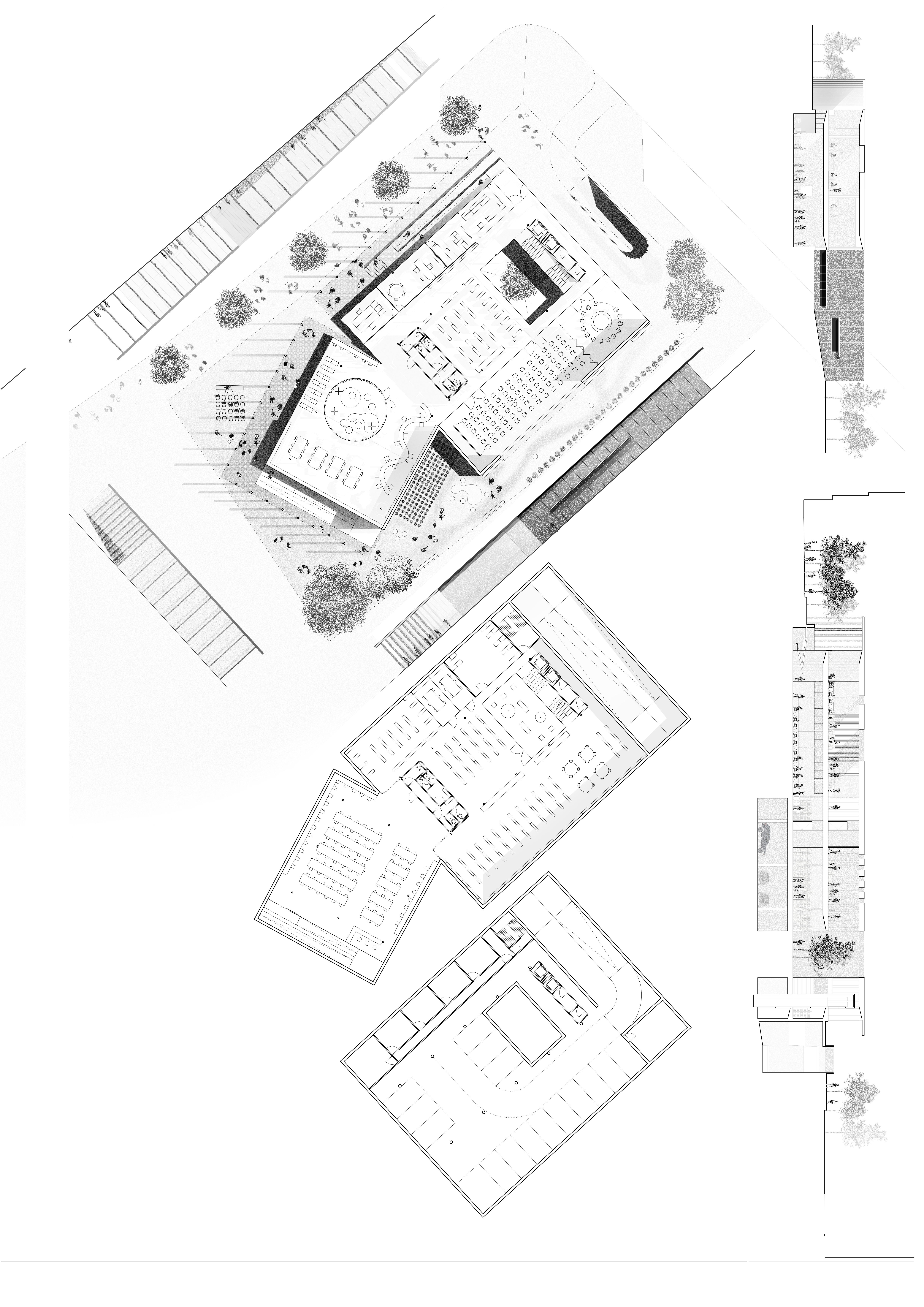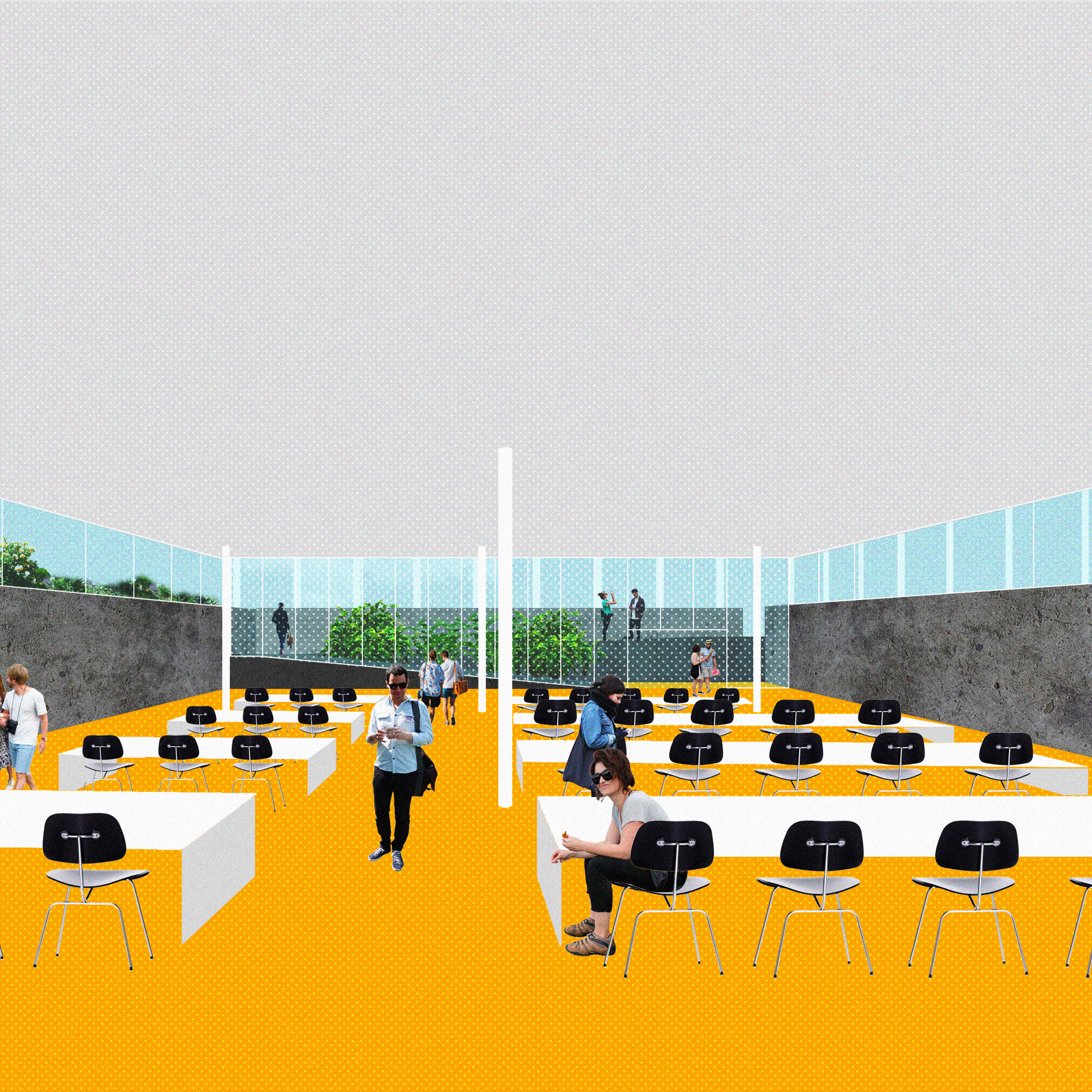







Name: Making Community
Type: Competition
Result: Submitted
Year: 2018
Organization: Madrid City Council
Tipology: Cultural, Education
Surface (est.): 1300m2
Team: Alejandro, Eduardo
Images: act visuals
“When we saw the presentation of the Three Libraries contest, one of the things that most caught our attention was the demand for a place to be, because there was no place. Our proposal is to update the library concept, rather than as a place of study, as a place to spend time. Today the study has new horizons, and our ways of accessing information have changed. And the space? We are more transparent and the barriers between inside and outside are diffuse. We like to feel that places are everyone's heritage, and it is the library that is the best place to gather, to make neighborhood, to create identity ”
How is a library made? The question undoubtedly leads us to immediately raise another question, what are libraries like today? As we have changed?. It is not easy, in an increasingly connected society, more social, more tablet and less book and table to establish a hierarchy of organization of a space as unique and important as a library. But of course, we are undoubtedly a more dynamic society. We cohabit and share activities like never before. A cafeteria is no longer a place to drink coffee or eat, but also to work, connect, talk, chat, and even study or design. People evolve and places experience these changes. Therefore, in our opinion, the library has to aim for a much more open program that allows different users to have a place to be, a site, the possibility that several uses occur simultaneously does not only seem a way to energize a neighborhood, but also reduces economic efforts, being a sustainable measure that fits perfectly in the current line of "do more with less."
This leads us to explore different ways to make this ambition a reality. The way to organize this project is to understand that there are more actors than architects and bidders, there is a wide range of people, neighbors, associations, officials, academics and technicians who can configure a reality. Instead of focusing our efforts on proposing a fixed project, we prefer to suggest a geometry that can vary and can have all points of view. Who better than future users to design a common space. A shared space, accessible, multidisciplinary, more transparent and open to the outside."
